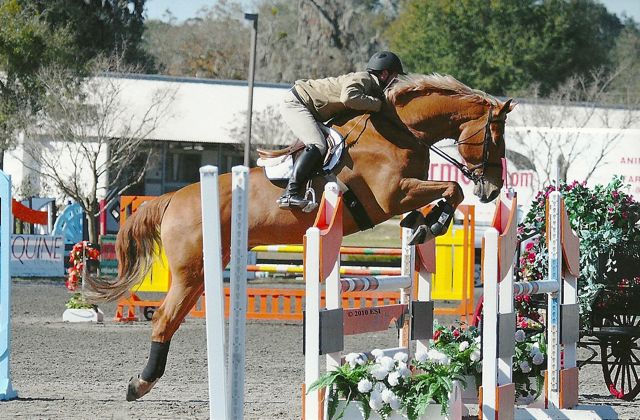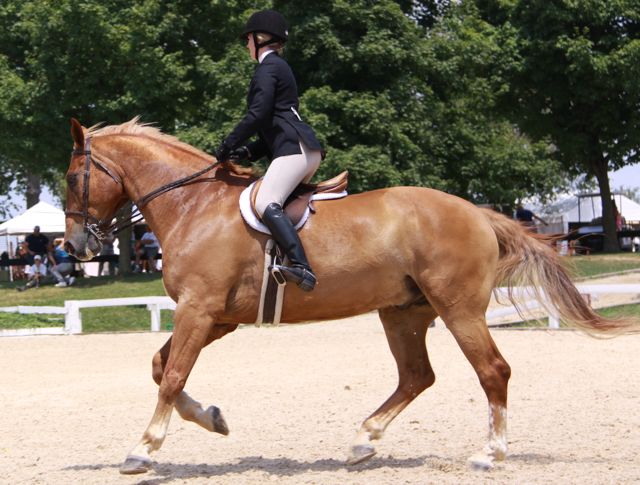apples and outcrosses
my earlier input referred to verband holsteiners.
examples cited in the subsequent thread are replete with outcross blood which not only easily explain the colour issues, but also remove the conversation from the subject area i attempted to address earlier.
there may be folks interested in the more far-reaching outcrosses (i recall one conversation with count rantzau in which one wasn’t certain whether to be horrified or highly amused when ‘appy-steiners’ were brought up).
either way, these are not, in the context in which i offered my previous comments, holsteiners. if it helps to clarify, there is no surprise with a chestnut ahha horse and no end to the genetic sources that colour may have come from. we have here an outcross book relative to holstein.



